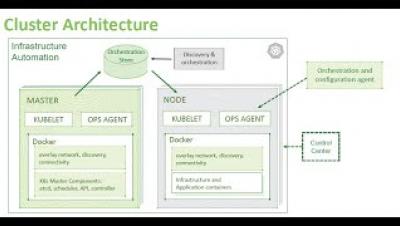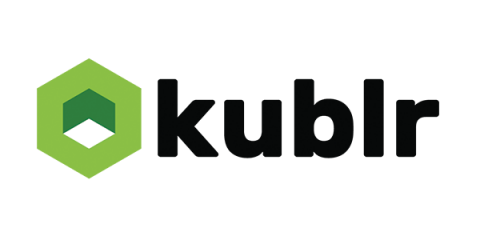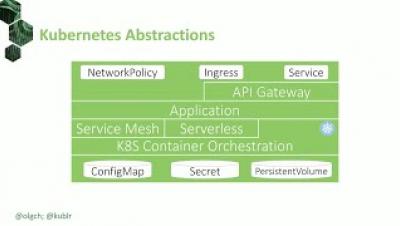How to Run Kubernetes in Restrictive Environments
Installing Kubernetes is easy. Ensuring it complies with your organization’s enterprise governance and security requirements isn't. During this webinar, Oleg will explain how to use Kubernetes while meeting enterprise requirements. In this technically-focused talk, he’ll summarize common prerequisites for running Kubernetes in production, and how to leverage fine-grained controls and separation of responsibilities to meet enterprise governance and security needs.




